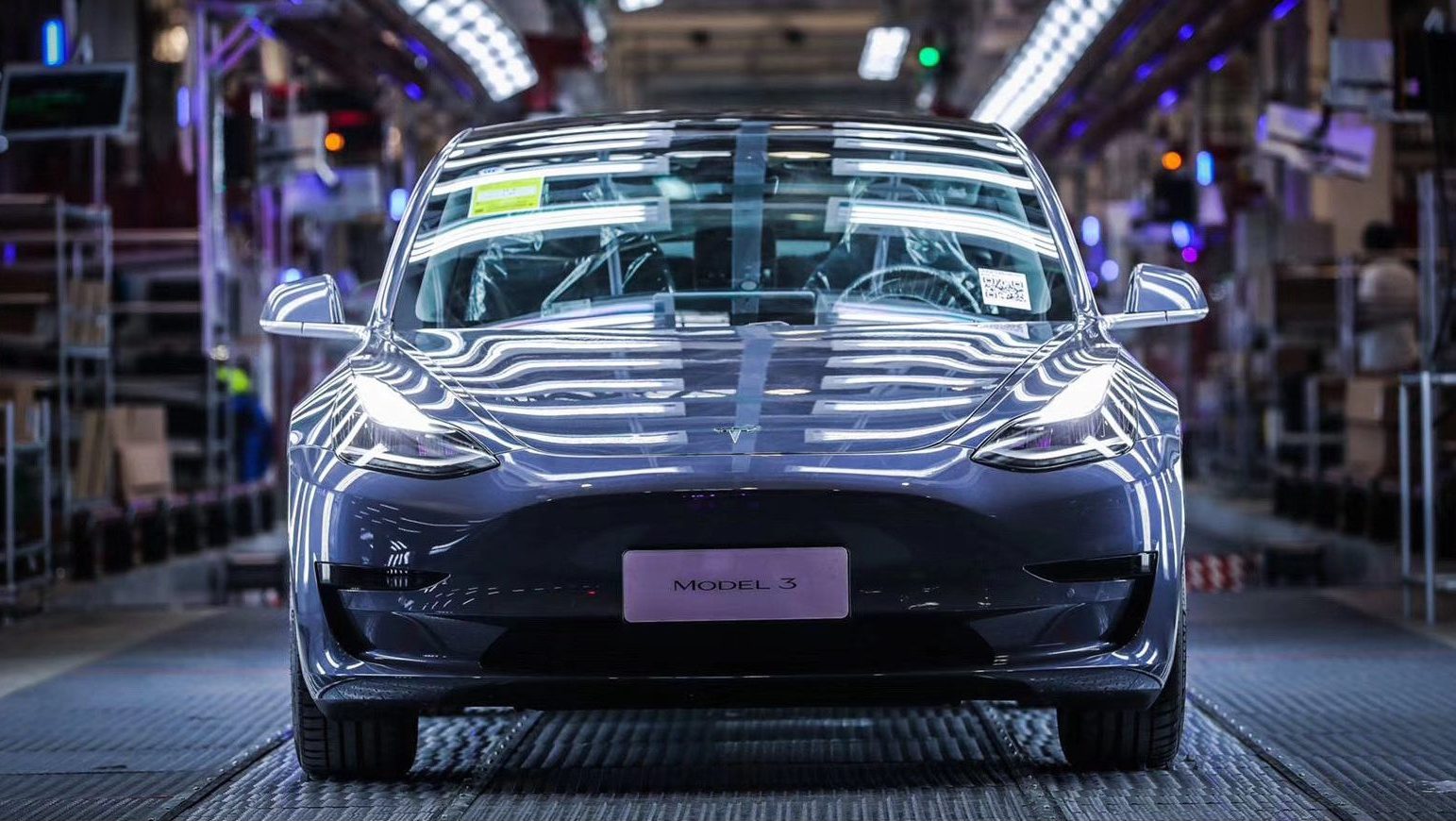Tesla’s deal with battery supplier Contemporary Amperex Technology Co Ltd (CATL) for its Made-in-China Model 3 is a strategic move that will deepen the company’s roots in the world’s largest automotive market.
CATL is expected to supply a “zero cobalt” prismatic lithium iron phosphate (LFP) batteries that the carmaker would use in its Model 3 sedan for the domestic market.
Reduce Battery Costs While Doing Good
The LFP batteries are expected to be cheaper by a “double-digit percent” compared to the existing batteries Tesla is using for its locally-produced Model 3. Benchmark Mineral Intelligence, a price reporting agency that specializes in lithium-ion batteries for EVs, estimates that Tesla will save more than 25% in cost compared to what the carmaker spends for batteries used for Model 3s in the United States.
Tesla uses cylindrical nickel-cobalt-aluminum (NCA) batteries for its vehicles which typically have lower cobalt content than industry-popular nickel-cobalt-aluminum (NCM) batteries used by other electric vehicle manufacturers. However, as the world begins to better understand the human toll for cobalt mining, Tesla CEO Elon Musk has expressed his intentions to cut cobalt-use in Tesla batteries. Thereby paving the way for a partnership with a battery cell manufacturer that has a zero to limited-need for cobalt – CATL.
We use less than 3% cobalt in our batteries & will use none in next gen
— Elon Musk (@elonmusk) June 13, 2018
CATL will use its cell-to-pack (CTP) technology to improve the energy density and safety of the zero-cobalt batteries. Using the technology that involves more than 70 core patents, CATL can up the mass-energy density of the LFP batteries by 10 to 15 percent, reduce the number of parts of battery packs by around 40 percent, and improve volume utilization efficiency by 15 to 20 percent. The battery manufacturer also claims that it is taking steps to increase the energy density of its LPF batteries using CTP technology by 2024.
All of these factors make the equation a win-win for Tesla. Aside from the cost savings, the zero-cobalt batteries for the China Model 3 may also help improve the production process and help Giga Shanghai hit a 3,000 units per week run rate, consistently. Plus, Tesla’s partnership with a Chinese supplier can only help further improve its relationship with the government that has welcomed it with open arms.
Small Step To Reduce Cost, Big Step To Conquer China
Tesla’s Giga Shanghai has so far been impressive. The first vehicle production plant for Tesla outside of the US is practically a miracle by all standards. The facility was built from the ground up and it churned out its first locally-made Model 3s after 10 months.
It also makes sense to set up a car factory in the biggest automotive market in the world that brought roughly $3 billion in revenues to Tesla’s coffers in 2019 and positioned Tesla to conquer China.
“I feel there is a pretty big fundamental efficiency gain that Tesla has by just making cars, especially affordable cars than 3 and Y, at least on the continent where the customers are. what we’re doing — or have been doing in the past was really pretty silly in making cars in California and then shipping them halfway around the world…,” Musk said during the Q4 2019 earnings call.

With the CATL zero-cobalt batteries for MIC Model 3s, Tesla further localizes its supply chain in China. With localization, analysts believe that the China-made Model 3 can practically be a cash cow for Tesla.
A partnership with CATL can also put Tesla on a path to achieving higher profit margins for the China Model 3 while still being able to lower the price of its vehicles, thereby stimulating local demand even more.
According to Tesla CFO Zachary Kirkhorn, the margins coming out of Giga Shanghai is expected to match that of vehicles coming out of Fremont. “And so if you add all of this up, our internal estimates are a pretty significant reduction in the cost of Model 3 in China relative to Fremont, but I think it’s also important to keep in mind that the cost of the Standard Plus that we’re selling out of Shanghai is also lower than that of the similar car coming out of Fremont from price perspective. And so and I’ve said this on previous earnings calls, I think it’s fair to expect the margin coming out of the Shanghai facility to match the same margin for the vehicle in Fremont,” noted Kirkhorn in Tesla’s Q4 earnings call.
With Tesla’s MIC Model 3 as an electric car for the masses, Elon Musk and his car brand can help change China. The government sees Tesla as a catalyst for its slumping automotive industry and a spark to help transition the wider population from internal combustion engines to electric vehicles, which in turn can help combat air pollution that causes over 1 million deaths per year in the country and costing its economy roughly $40 billion annually.
The zero-cobalt batteries by the CATL for the China Tesla Model 3 might be one of the essential ingredients to further help TSLA skyrocket and drive the brand to consistent profitability.

(adsbygoogle = window.adsbygoogle || []).push({});
<!–
–>
var disqus_shortname = «teslarati»;
var disqus_title = «Tesla’s CATL partnership in China is a strategic play that sets the stage for market domination»;
var disqus_url = «https://www.teslarati.com/tesla-china-catl-battery-supplier-partnership/»;
var disqus_identifier = «teslarati-131048»;

